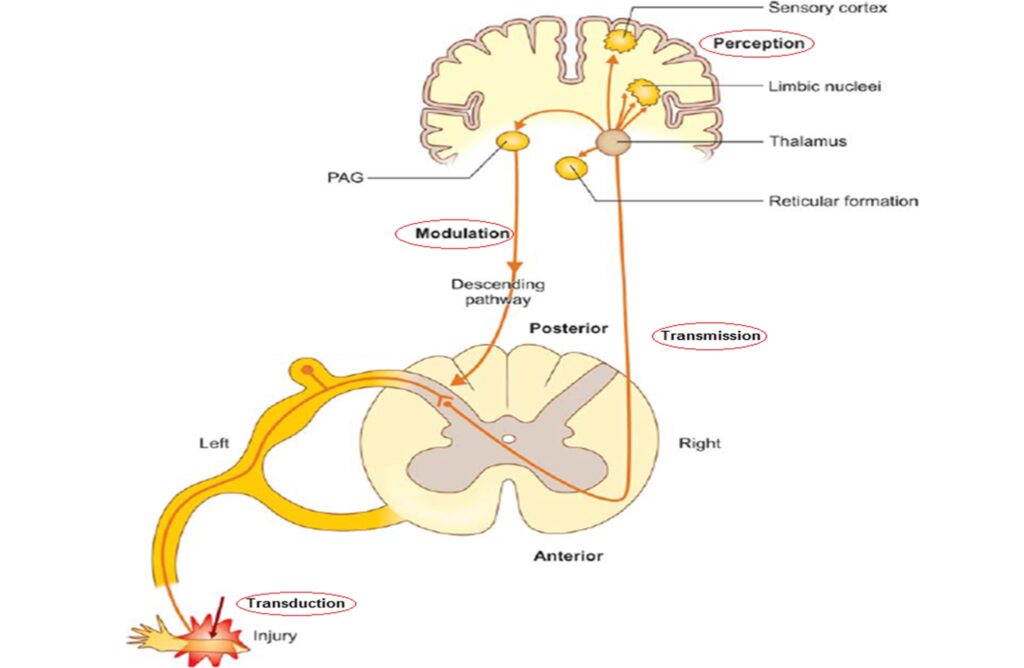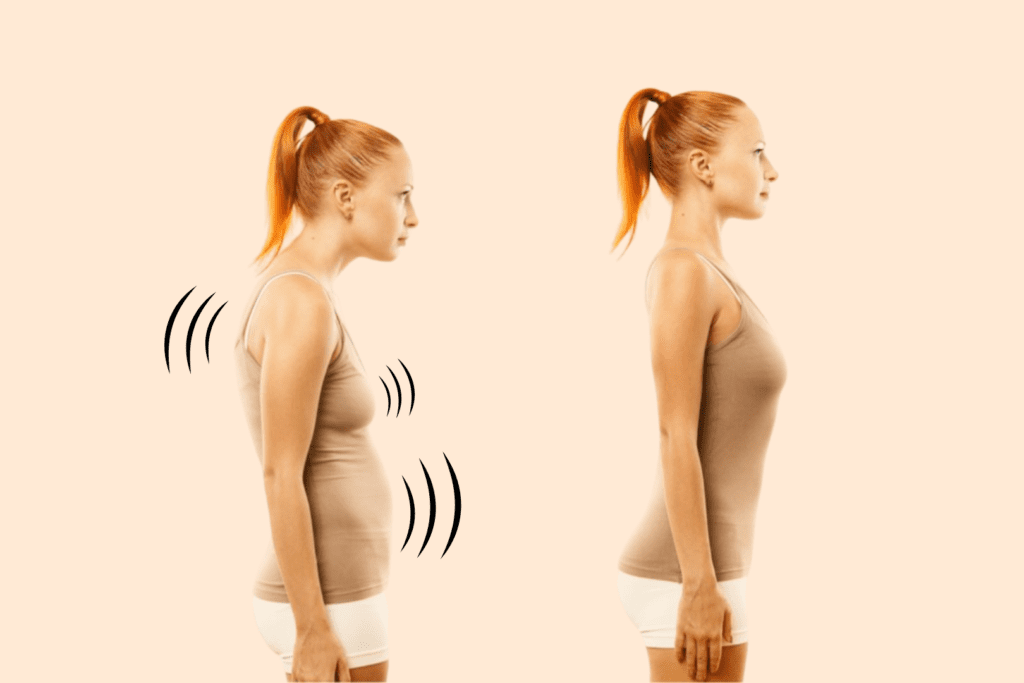Pain Management
Lower Than Low – Sacroiliac Joint Pain
“It’s like low back pain, but somehow it feels even lower?” If that sounds familiar to you, you may be experiencing sacroiliac joint (SIJ) pain. The SIJ is one of our most important joints: it connects the upper and lower body and is a main attachment point for muscles we use constantly, such as the hip…
Read MoreThe Science of Pain
A muscle cramp, a paper cut, a bumped shin. We experience pain every day to varying degrees, but we may not have ever given thought to how it works. Like many sensations we experience, pain is a signal our body sends to our brain to keep us safe. There are receptors in every area of…
Read MoreGetting to the Point: All About Dry Needling
Though it seems like the newest kid on the block when it comes to physical therapy interventions, dry needling has actually been around since the 1940s as a treatment for pain and myofascial (muscle) trigger points. It utilizes very thin solid needles inserted into symptomatic tissue, primarily skin, muscle, and connective tissue. When inserted, the…
Read MoreImaging 2020: A Closer Look
When we talk about injuries, we often hear of primary care physicians and orthopedic specialists performing imaging in order to assist patients in treating musculoskeletal pain. Imaging can include, but is not limited to, MRIs, X-rays, or CT scans. Although these tests may help feed our curiosity to “look under the hood,” they may not…
Read MoreSciatica: One Pain, Many Causes
Anyone who has ever experienced sciatica knows the feeling: a radiating pain or numbness that runs down the buttock, leg, and even as far down as the calf and foot. So named because it is felt along the path of the sciatic nerve, sciatica is not a disorder in and of itself but rather a…
Read MoreWhat is the cause of Tennis Elbow?
As therapists in a clinic located inside of a large tennis club, we are seldom surprised when a number of our patients each year present with lateral epicondylitis – or, as it is more commonly known, tennis elbow. Lateral epicondylitis pain usually occurs over the outside of the elbow where many of the forearm muscles…
Read MoreIce versus Heat: Which is the Best?
One of the questions we most commonly field when patients have first sustained an injury is “Should I ice it, or would heat be better?” Both heat and ice are conservative, beneficial modalities, but to better understand the benefits of either, let’s first look at the physiological effects of each: Typically, the more traditional…
Read MoreTreating Back Pain: A Spine of the Times
You’re 34 years old with a 9-5 desk job, and now you’re wondering how treating back pain fits into your busy life. but you still regularly go to the gym and play a couple pick-up games of basketball a week. One day you wake up and have nagging, gnawing pain just to the right of…
Read MoreThoracic Outlet Syndrome: A Pressing Matter
If you follow the NBA you have most likely heard that Markelle Fultz, the Philadelphia 76ers’ guard, has thoracic outlet syndrome (TOS). We most commonly hear of athletes from baseball developing this, but rarely in basketball – in fact, basketball player Ben Uzoh wasn’t diagnosed until he retired, even though he had previously experienced TOS…
Read MorePostural Restoration
Although the human body may look symmetrical to the naked eye, the right and left sides of our body are actually asymmetrical. For example, we have a heart on the left side of our body and a liver on the right side. Our right hemidiaphragm is larger and more domed than the one on our…
Read More

